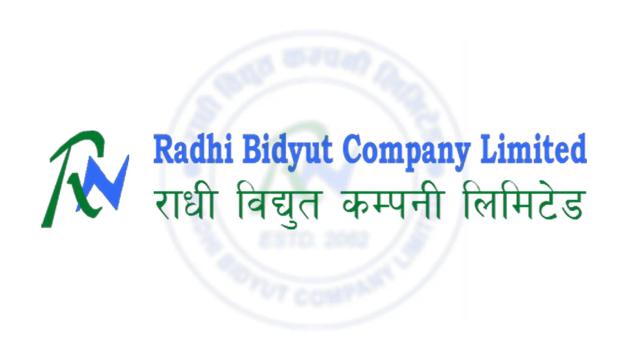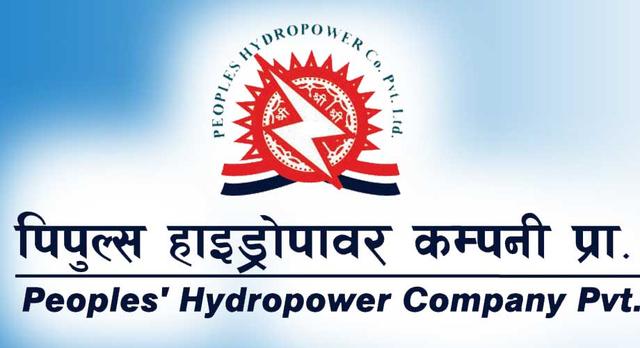Nepal's Import Trends: A Volatile Journey Marked by Policy Shifts and Economic Shocks
Author
Nepsetrading

Over the past seven fiscal years, Nepal's import figures have shown significant fluctuation, reflecting the country’s changing economic conditions, policy adjustments, and external trade dynamics. According to the latest data, Nepal’s import volume stood at Rs. 1309.5 billion in FY 2023/24, a partial recovery from the sharp decline seen in the previous fiscal year when imports had fallen to Rs. 1167.4 billion — the lowest point in the observed period.
The trend began in FY 2017/18 with imports valued at Rs. 1196.8 billion. This figure climbed substantially in the subsequent years, reaching a peak of Rs. 1920.4 billion in FY 2019/20. The rise during this period was largely attributed to an increase in consumer demand, infrastructure projects requiring imported goods, and limited domestic production alternatives. However, the onset of the COVID-19 pandemic brought about economic disruptions worldwide, and Nepal was no exception. Imports declined to Rs. 1611.7 billion in FY 2020/21 and further to Rs. 1593.0 billion in FY 2021/22, indicating supply chain disruptions, increased freight costs, and weakened purchasing power.
The most significant drop occurred in FY 2022/23, when imports plummeted to Rs. 1167.4 billion. This decline was primarily due to stringent import restrictions imposed by the government to curb the depletion of foreign exchange reserves and reduce trade deficits. High global commodity prices and domestic monetary tightening also played a role. However, the slight rebound to Rs. 1309.5 billion in FY 2023/24 suggests some recovery in trade volume, possibly driven by easing restrictions, improvement in remittance inflows, and better currency stability.
While the import reduction helped Nepal improve its external balance temporarily, it also highlighted the country’s dependence on foreign goods and the need to boost domestic production. The government now faces the challenge of balancing trade regulation with economic growth stimulation. Moving forward, a sustainable import policy coupled with a push for industrial development will be crucial to stabilizing the external sector and ensuring long-term economic resilience.



